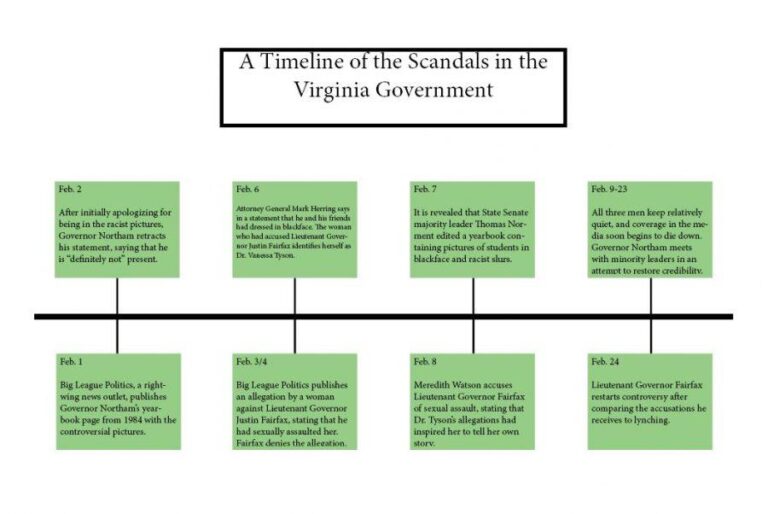Unveiling the Veterans Affairs Crisis: A Comprehensive Overview and Path Forward
Origins and Early Indicators of Dysfunction within Veterans Affairs
Long before the Veterans Affairs (VA) scandal captured national attention, internal assessments and employee reports hinted at deep-rooted inefficiencies. Persistent delays in processing healthcare claims and extensive appointment backlogs—sometimes stretching beyond six months—were common. Insiders frequently pointed to chronic understaffing and antiquated record management systems as primary culprits behind these operational bottlenecks, signaling early warnings of systemic mismanagement.
Among the initial red flags were excessive patient wait times surpassing established standards, lapses in monitoring essential follow-up care, and inconsistencies in appointment documentation. These challenges were exacerbated by fragmented leadership structures and uneven policy enforcement across regional VA offices. Key early warning signs included:
- Misallocation of Funds: Budgets often diverted or poorly managed, resulting in critical resource deficits.
- Workplace Environment Issues: Increasing reports of low morale and harassment undermining staff effectiveness.
- Technological Shortcomings: Failures in digital record systems leading to lost or incomplete patient histories.
- Audit Delays: Postponed or insufficient regulatory reviews weakening oversight.
| Year | Event | Consequences |
|---|---|---|
| 2010 | Audit reveals prolonged wait times | Increased delays in patient care |
| 2011 | Internal budget report highlights funding mismanagement | Resource shortages identified |
| 2012 | Surge in whistleblower complaints | Heightened scrutiny of management |
| 2013 | Inspection delays documented | Reduced oversight effectiveness |
Deepening Crisis: Effects on Veterans’ Healthcare Access and Trust
As investigations unfolded, alarming revelations emerged about falsified appointment records and extensive delays in care, igniting widespread public outrage. Some veterans endured wait times exceeding half a year for essential medical services, resulting in preventable health deteriorations. Insider whistleblowers brought systemic flaws to light, prompting a series of congressional inquiries and intense media coverage that exposed the VA’s operational failures.
The fallout affected veterans, advocacy organizations, and lawmakers alike:
- Thousands of veterans experienced postponed access to vital healthcare.
- Confidence in the VA’s capacity to deliver prompt, quality treatment eroded.
- Calls intensified for leadership changes and greater institutional transparency.
- Legislative initiatives emerged to overhaul VA healthcare systems.
| Critical Issue | Veteran Impact | Response Period |
|---|---|---|
| Appointment Backlogs | Delayed diagnoses and treatments | Jan – Jun 2014 |
| Falsified Records | Concealed true wait times | Mar 2014 |
| Whistleblower Disclosures | Initiated federal probes | Apr 2014 |
| Congressional Hearings | Public accountability enforced | May – Jul 2014 |
Federal Actions and Strengthened Accountability Frameworks
Following the scandal’s exposure, the federal government acted decisively to rebuild confidence by introducing rigorous oversight and accountability protocols. The VA implemented a robust internal auditing system aimed at early detection and correction of mismanagement. Concurrently, Congress passed legislation to boost transparency and establish clear performance standards across VA facilities nationwide. Notable reforms included:
- Mandatory, standardized reporting of patient wait times.
- Creation of an independent oversight office dedicated to VA operations.
- Comprehensive ethics training mandated for all VA personnel.
- Enhanced whistleblower protections to safeguard employees reporting misconduct.
| Legislative Measure | Year Enacted | Objective |
|---|---|---|
| VA Accountability and Whistleblower Protection Act | 2017 | Enable swift disciplinary action against misconduct |
| Veterans Access, Choice, and Accountability Act | 2014 | Broaden healthcare options and reduce wait times |
| Office of Inspector General Expansion | 2015 | Enhance oversight and investigative capabilities |
Leadership changes within the VA further reinforced these reforms, with new appointees charged with driving systemic improvements. The revamped framework emphasizes transparency through regular audits, public hearings, and active engagement with veterans’ groups, aiming to ensure that timely, respectful, and high-quality care becomes the standard.
Strategies to Prevent Recurrence: Building a Resilient VA Healthcare System
To safeguard against future failures, it is essential to implement comprehensive oversight mechanisms that foster accountability and transparency. Establishing independent review boards with access to real-time data can facilitate continuous monitoring and rapid response to emerging issues. Additionally, investing in cutting-edge digital health technologies will streamline appointment scheduling, reduce backlogs, and enhance record accuracy—addressing long-standing operational challenges.
Equally important is cultivating an organizational culture that prioritizes veteran welfare and empowers staff. VA leadership must promote ongoing professional development and maintain strong whistleblower protections, encouraging employees to report concerns without fear of retaliation. The following framework outlines key reform areas and their anticipated benefits:
| Reform Focus | Primary Initiative | Projected Outcome |
|---|---|---|
| Governance | Independent oversight committees | Enhanced accountability and transparency |
| Technology | Advanced patient scheduling platforms | Reduced wait times and improved efficiency |
| Workforce | Comprehensive training and whistleblower safeguards | Empowered staff and minimized concealment of issues |
| Patient Care | Veteran-centered care models | Improved treatment outcomes and satisfaction |
Conclusion: Lessons Learned and the Road Ahead
The VA scandal serves as a powerful cautionary tale about the dangers of inadequate oversight in institutions entrusted with veterans’ well-being. As ongoing reforms take root, the experience underscores the imperative for unwavering transparency and a steadfast commitment to those who have served. The nation remains vigilant, hopeful that these lessons will translate into lasting improvements—restoring trust and ensuring veterans receive the exemplary care they rightfully deserve.







